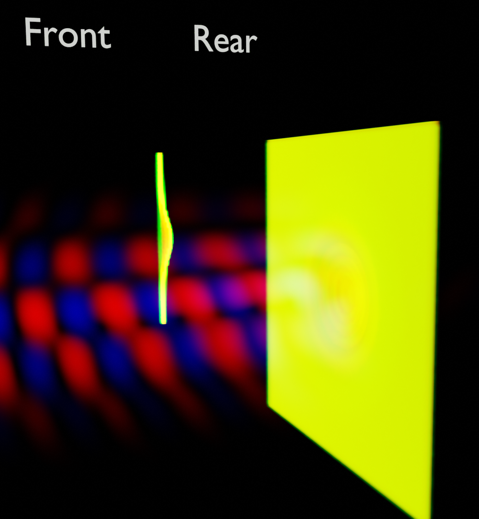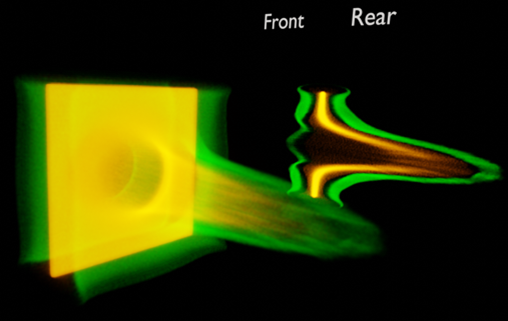carbon ion beams
Carbon ion beam that will enhance the precision of cancer treatment
Noel Kehoe, a Physics PHD Researcher at Queens University discovered the benefits of using Kelvin 2 whilst completing his masters and has continued using it throughout his PHD.
His ground breaking research project aims to guide an experiment to create a carbon ion beam that will impact the precision of cancer treatment significantly improving patient outcomes.
Carbon ion beams are a great asset to radiotherapy because they deliver more energy directly to the tumor, with minimal impact on the surrounding healthy tissue. Proton beams or traditional x-ray therapy cause more damage to healthy tissue around the tumor.
Noel’s project aims to speed up carbon ions and capture them in a spiral coil. This coil will then speed them up again and focus them into a single carbon beam which will precisely target the tumor and protect the surrounding tissue. It involves running Particle-In-Cell codes to model interactions between electric and magnetic fields with particles. Using Kelvin 2 means experimental setups can be tested quickly and then improved to produce the required beam.
These images come from 3D simulations using the HPC facility. They show a carbon target (orange) with proton contaminant layers (green) and a laser pulse (red and blue) hitting the front surface. A 2D slice from the centre is in the background.


- The first image shows the ion acceleration mechanism: the laser creates a dent on the front surface, pushing electrons and subsequently accelerating ions to high energies.
- The second image shows the target at the end of the simulation, with the rear proton layer moving ahead of the carbon target. This indicates that the proton layer accelerates more efficiently than the carbon, producing a dual-species beam, which is not ideal.
To create a beam made entirely of carbon, there's an additional step required. By first using a laser to gently expand the carbon target, the carbon atoms can be accelerated to higher speeds, making the proton layers in the target become transparent to the laser.
